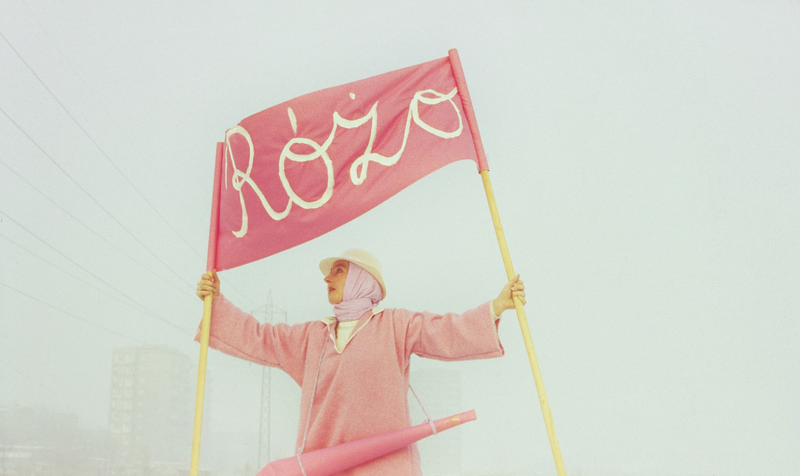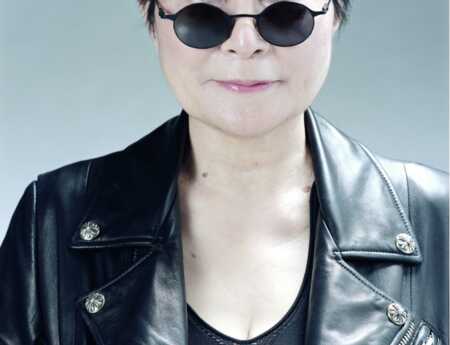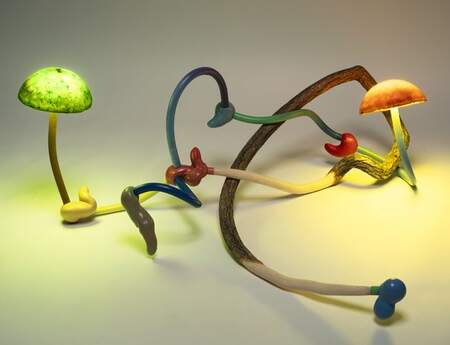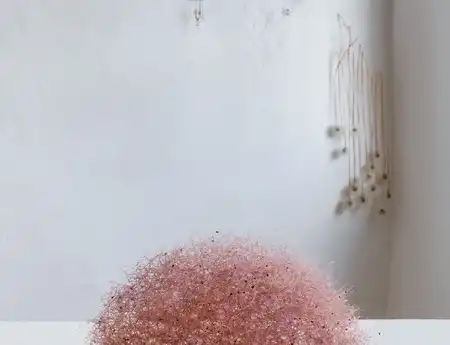Galerie für Zeitgenössische Kunst Leipzig (GfZK-Neubau)
Karl-Tauchnitz-Str. 9–11
04107 Leipzig
Germany
Maria Pinińska-Bereś
Curated by Heike Munder and Jarosław Suchan
Press preview: Friday, November 8, 11 am
Opening: Friday, November 8, 7 pm
The GfZK presents Germany’s first comprehensive solo exhibition of Maria Pinińska-Bereś (1931-1999), one of the most extraordinary personalities of 20th century Polish art. Pinińska-Bereś created a unique body of work including sculptures, objects, installations and performances. A central element of her poetic and political art is the exploration of femininity and the societal constraints associated with it.
Along with colleagues such as Natalia LL or Ewa Partum, Pinińska-Bereś is seen as a pioneer of feminist art in Poland. She positioned herself against the structural violence of both the State and the Church, and critically questioned the art industry from this perspective. While her sculptural works from the 1950s were still in keeping with modernist traditions, her art later incorporated influences from the neo-avant-garde movement. She replaced elements made of cement or metal with everyday materials such as papier-mâché or wood and objects such as quilts or aprons. From the 1960s onwards, biomorphic forms increasingly emerged in her work. She reinforced their feminine appearance with the colour pink, which became her trademark. Pink, as the colour of doll’s houses and dresses, functions as an instrument for preparing girls for their social role in a patriarchal society. By reappropriating this colour, Pinińska-Bereś criticised gender role politics and addressed traumatic experiences.
The retrospective, curated by Heike Munder and Jarosław Suchan, makes the work of Maria Pinińska-Bereś accessible to an international public for the first time. It intervenes in art history in two ways: by challenging the widespread focus on male artists, and by addressing the fact that the western perspective overlooks the diverse and multifaceted art production of 20th-century Eastern Europe. Thus, the exhibition not only emphasises the significance of Pinińska-Bereś for feminist art, but also makes references to movements such as Pop Art and Surrealism.
“Maria Pinińska-Bereś’s works and practices defy easy and unequivocal pigeonholing. They are partly bulky, partly erotic, subtle and charged with humor … They articulate the complex existential experience of the artist who in the specific conditions of the Polish People’s Republic, during the Cold War, sought her way out of the tight corset of society’s restrictions and the patriarchal order, as well as her path–as a woman–in the art system.” (Heike Munder and Jarosław Suchan)
“In my beginnings I felt the urge to redefine sculpture. Freeing the form from statuesqueness became my goal. It was a dramatic struggle. By giving up the perfect traditional sculpting skills I had acquired and by imposing an unconventional mode on myself, I have made a radical breakthrough…I never looked for Western catalogues or magazines, as many others did. Drawing on myself meant drawing on my own experiences – and the `I` was a woman.” (Maria Pinińska-Bereś, 1996)
The exhibition is a co-operation with the National Museum in Wrocław and the Kunstmuseum Den Haag. It is funded by the Adam Mickiewicz Institute, co-financed by the Ministry of Culture and National Heritage (Poland), the Foundation for Polish-German Cooperation and the The Cultural Foundation of the Free State of Saxony (Kulturstiftung des Freistaates Sachsen). This measure is co-financed with tax revenue on the basis of the budget adopted by the Saxon State Parliament.
The Maria Pinińska-Bereś and Jerzy Bereś Foundation has kindly supported the exhibition with text and image material and provides extensive research opportunities on its Website.



